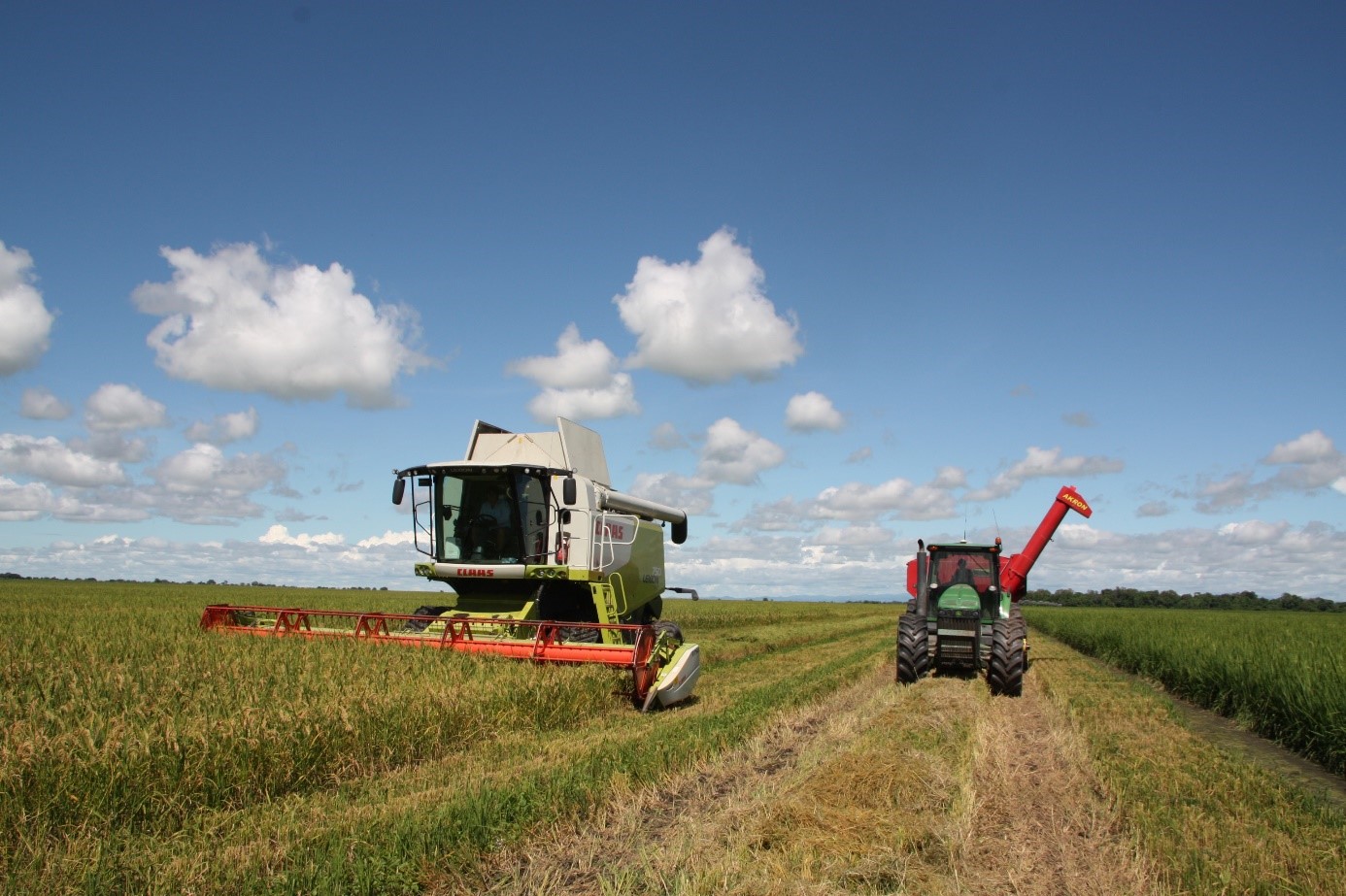Tanzania
How history, agrarian structures, and state regulation have shaped financial flows into Africa’s “Sleeping Agricultural Giant”
Introduction
This section comes to terms with both the productive and constraining power of investment and property regimes, as well as the modalities of state– investor relations in Aotearoa New Zealand and Tanzania and that have helped financial investors access land and derive financial benefits from it.
It will become evident that the two countries represent starkly contrasting approaches for the state’s role in turning farmland into a global financial resource, exhibiting very different histories and forms of “geopower” (Parenti 2016[1]), but also varied capacities (and willingness) to regulate and account for the new financial flows into agriculture. In investment circles, land markets in the Global South are often described as being “thin” on account of their low degree of formalization and the lack of property data, whereas those in the Global North are described as “thick” because of their greater level of formalization and transparency.
Although such juxtaposition is somewhat simplified, and by itself deserves critical scrutiny, we can creatively extend these notions to think through the emergence and graspability of institutional landscapes. The variegated regulation and state-mediated “landing” (Le Billon & Sommerville 2017[2]) of agricultural investments in Aotearoa New Zealand and Tanzania invite us to shed light on these themes. It should be noted that in the case of the latter, domestic investors – basically individuals – have also been active in reshaping land markets over the past decades, but these cannot be qualified as institutional investors.
[1] Parenti, C. 2016. “Environment- making in the capitalocene: political ecology of the state”. In Anthropocene or Capitalocene? Nature, History, and the Crisis of Capitalism, J. Moore (ed.): 166– 84. Oakland, CA: PM Press. [2] Le Billon, P. & M. Sommerville 2017. “Landing capital and assembling ‘investable land’ in the extractive and agricultural sectors”. Geoforum 82: 212– 24.

Grain farm, Central Tanzania. Photograph taken 2015 by Stefan Ouma.